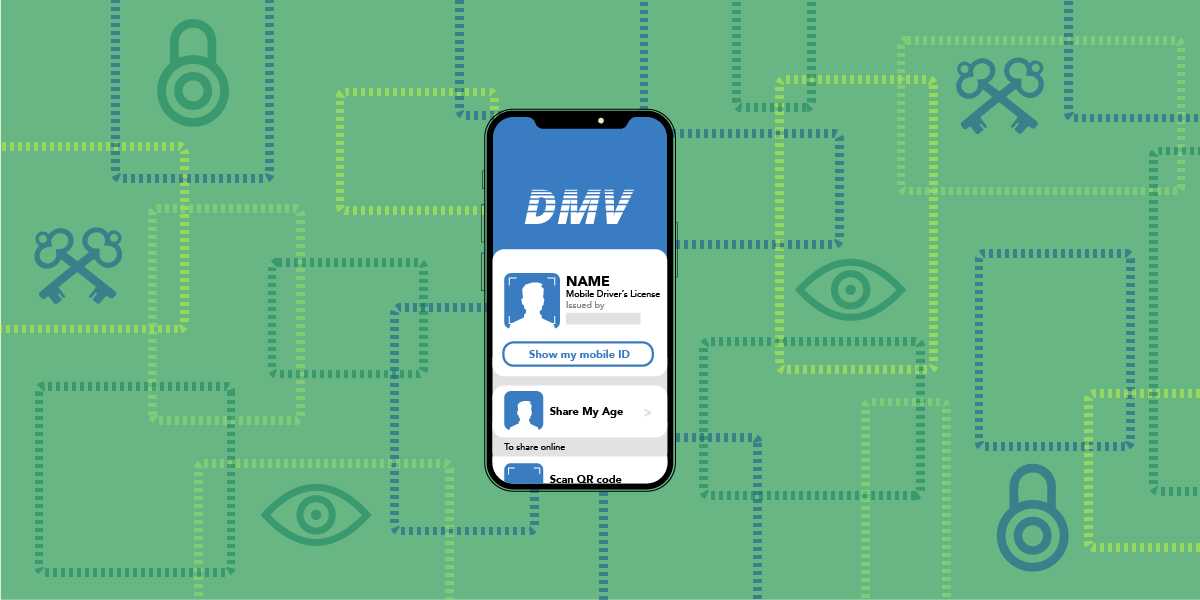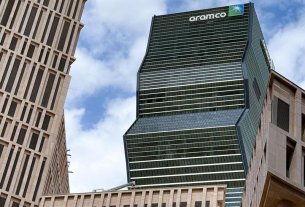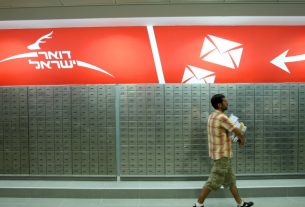How many times do you pull out your driver’s license a week? Maybe two to four times to purchase age restricted items, pick up prescriptions, or go to a bar. If you get a mobile driver’s license (mDL) or other forms of digital identification (ID) being offered in Google and Apple wallets, you may have to share this information much more often than before, because this new technology may expand the scope of scenarios demanding your ID.
mDLs and digital IDs are being deployed faster than states can draft privacy protections, including for presenting your ID to more third parties than ever before. While proponents of these digital schemes emphasize a convenience factor, these IDs can easily expand into new territories like controversial age verification bills that censor everyone. Moreover, digital ID is simultaneously being tested in sensitive situations, and expanded into a potential regime of unprecedented data tracking.
In the digital ID space, the question of “how can we do this right?” often usurps the more pertinent question of “should we do this at all?” While there are highly recommended safeguards for these new technologies, we must always support each person’s right to choose to continue using physical documentation instead of going digital. Also, we must do more to bring understanding and decision power over these technologies to all, over zealously promoting them as a potential equalizer.
What’s in Your Wallet?
With modern hardware, phones can now safely store more sensitive data and credentials with higher levels of security. This enables functionalities like Google and Apple Pay exchanging transaction data online with e-commerce sites. While there’s platform-specific terminology, the general term to know is “Trusted Platform Module” (TPM). This hardware enables “Trusted Execution Environments” (TEEs) for sensitive data to be processed within this environment. Most modern phones, tablets, and laptops come with TPMs.
Digital IDs are considered at a higher level of security within the Google and Apple wallets (as they should be). So if you have an mDL provisioned with this device, the contents of the mDL is not “synced to the cloud.” Instead, it stays on that device, and you have the option to remotely wipe the credential if the device is stolen or lost.
Moving away from digital wallets already common on most phones, some states have their own wallet app for mDLs that would require downloading from an app store. The security on these applications can vary, along with the data they can and can’t see. Different private partners have been making wallet/ID apps for different states. These include IDEMIA, Thales, and Spruce ID, to name a few. Digital identity frameworks, like Europe’s (eIDAS), have been creating language and provisions for “open wallets,” where you don’t have to necessarily rely on big tech for a safe and secure wallet.
However, privacy and security need to be paramount. If privacy is an afterthought, digital IDs can quickly become yet another gold mine of breaches for data brokers and bad actors.
New Announcements, New Scope
Digital ID has been moving fast this summer.
Proponents of digital ID frequently present the “over 21” example, which is often described like this:
You go to the bar, you present a claim from your phone that you are over 21, and a bouncer confirms the claim with a reader device for a QR code or a tap via NFC. Very private. Very secure. Said bouncer will never know your address or other information. Not even your name. This is called an “abstract claim”, where more-sensitive information is not exchanged, but instead just a less-sensitive attestation to the verifier. Like an age threshold rather than your date of birth and name.
But there is a high privacy price to pay for this marginal privacy benefit. mDLs will not just swap in as a 1-on-1 representation of your physical ID. Rather, they are likely to expand the scenarios where businesses and government agencies demand that you prove your identity before entering physical and digital spaces or accessing goods and services. Our personal data will be passed at more frequent rates than ever, via frequent online verification of identity per day or week with multiple parties. This privacy menace far surpasses the minor danger of a bar bouncer collecting, storing, and using your name and address after glancing at your birth-date on your plastic ID for 5 seconds in passing. In cases where bars do scan ID, we’re still being asked to consider one potential privacy risk for an even more expanded privacy risk through digital ID presentation across the internet.
While there are efforts to enable private businesses to read mDLs, these credentials today are mainly being used with the TSA. In contracts and agreements we have seen with Apple, the company largely controls the marketing and visibility of mDLs.
In another push to boost adoption, Android allows you to create a digital passport ID for domestic travel. This development must be seen through the lens of the federal government’s 20-year effort to impose “REAL ID” on state-issued identification systems. REAL ID is an objective failure of a program that pushes for regimes that strip privacy from everyone and further marginalize undocumented people. While federal-level use of digital identity so far is limited to TSA, this use can easily expand. TSA wants to propose rules for mDLs in an attempt (the agency says) to “allow innovation” by states, while they contemplate uniform rules for everyone. This is concerning, as the scope of TSA —and its parent agency, the Department of Homeland Security—is very wide. Whatever they decide now for digital ID will have implications way beyond the airport.
Equity First > Digital First
We are seeing new digital ID plans being discussed for the most vulnerable of us. Digital ID must be designed for equity (as well as for privacy).
With Google’s Digital Credential API and Apple’s IP&V Platform (as named from the agreement with California), these two major companies are going to be in direct competition with current age verification platforms. This alarmingly sets up the capacity for anyone to ask for your ID online. This can spread beyond content that is commonly age-gated today. Different states and countries may try to label additional content as harmful to children (such as LGBTQIA content or abortion resources), and require online platforms to conduct age verification to access that content.
For many of us, opening a bank account is routine, and digital ID sounds like a way to make this more convenient. Millions of working class people are currently unbanked. Digital IDs won’t solve their problems. Many people can’t get simple services and documentation for a variety of reasons that come with having low-income. Millions of people in our country don’t have identification. We shouldn’t apply regimes that utilize age verification technology against people who often face barriers to compliance, such as license suspension for unpaid, non-traffic safety related fines. A new technical system with far less friction to attempt to verify age will, without regulation to account for nuanced lives, lead to an expedited, automated “NO” from digital verification.
Another issue is that many lack a smartphone or an up-to-date smartphone, or may share a smartphone with their family. Many proponents of “digital first” solutions assume a fixed ratio of one smartphone for each person. While this assumption may work for some, others will need humans to talk to on a phone or face-to-face to access vital services. In the case of an mDL, you still need to upload your physical ID to even obtain an mDL, and need to carry a physical ID on your person. Digital ID cannot bypass the problem that some people don’t have physical ID. Failure to account for this is a rush to perceived solutions over real problems.
Inevitable?
No, digital identity shouldn’t be inevitable for everyone: many people don’t want it or lack resources to get it. The dangers posed by digital identity don’t have to be inevitable, either—if states legislate protections for people. It would also be great (for the nth time) to have a comprehensive federal privacy law. Illinois recently passed a law that at least attempts to address mDL scenarios with law enforcement. At the very minimum, law enforcement should be prohibited from using consent for mDL scans to conduct illegal searches. Florida completely removed their mDL app from app stores and asked residents who had it, to delete it; it is good they did not simply keep the app around for the sake of pushing digital ID without addressing a clear issue.
State and federal embrace of digital ID is based on claims of faster access, fraud prevention, and convenience. But with digital ID being proposed as a means of online verification, it is just as likely to block claims of public assistance as facilitate them. That’s why legal protections are at least as important as the digital IDs themselves.
Lawmakers should ensure better access for people with or without a digital ID.



